By Charles Jones / Guidely
It’s natural to reflect on painful experiences from the past and worrisome scenarios in the future. Done well, such reflections can help us learn from the past and prepare for the future. But, done poorly, we can end up replaying the same distressing scenes in our head over and over again – becoming even sadder, angrier, or more agitated, every time we do. That’s when we get stuck in a negative thought loop.
Psychologists use the term “brooding rumination” to describe this pattern of obsessively thinking about a scenario, situation, or choice.
The urge to ruminate and brood can strike at any moment, taking over our thoughts when we’re commuting to work, in the shower, making dinner, or trying to get our work done. It’s intrusive and it’s unproductive. No matter how much we brood, there’s no movement toward accepting and moving on, we don’t get closer to a viable solution, and we feel worse than when we started. Before we know it, our mood is ruined and our emotions feel rawer than ever.
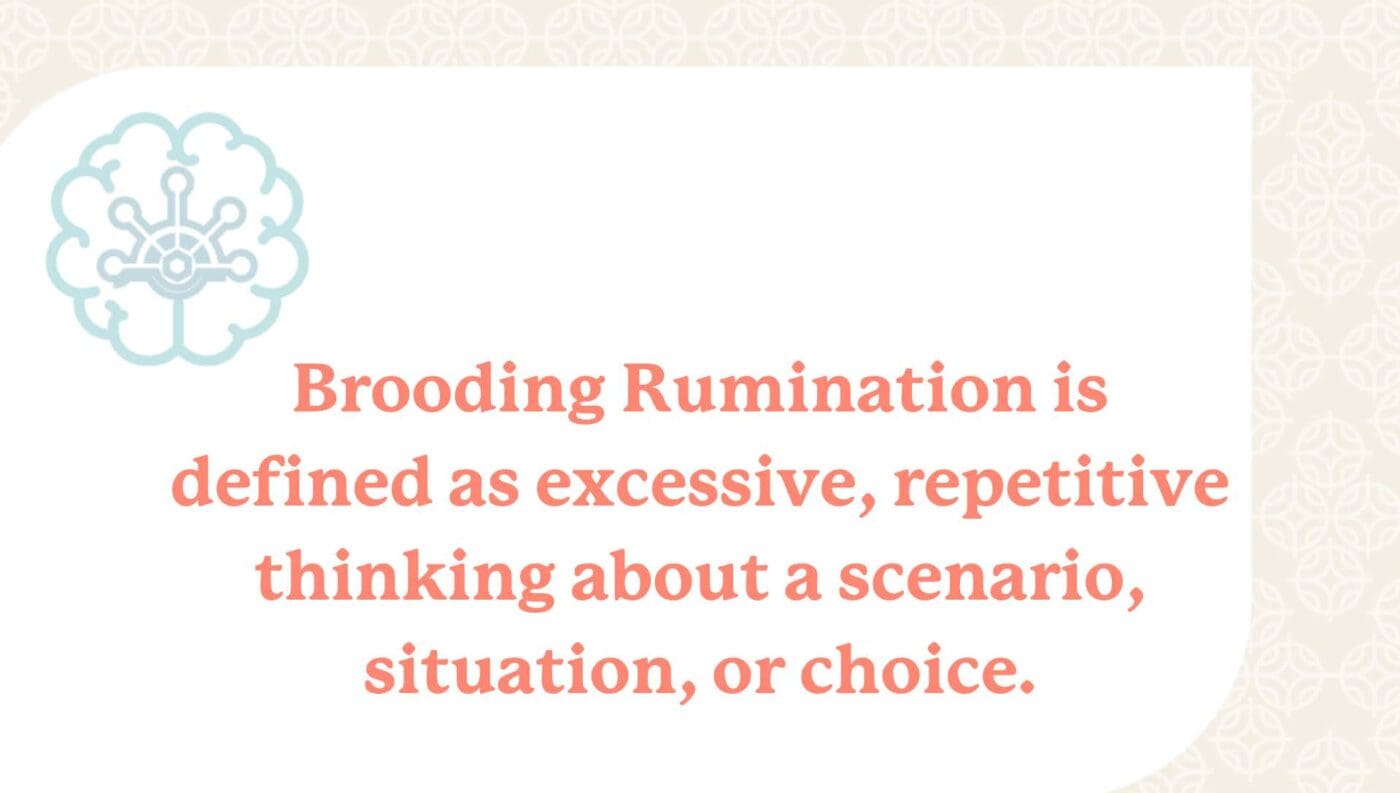
And it’s unhealthy. It interferes with our ability to engage in daily tasks, solve problems, concentrate, relate to others, and experience pleasurable emotions such as gratitude and joy. Left unchecked, brooding rumination can lead to negative thinking, depression, anxiety disorders, substance abuse, eating disorders, and self-harm. There’s even evidence that it can contribute to hypertension and cardiovascular disease. It’s not something you want to engage in. So, how do you pull yourself out of this negative thought loop?

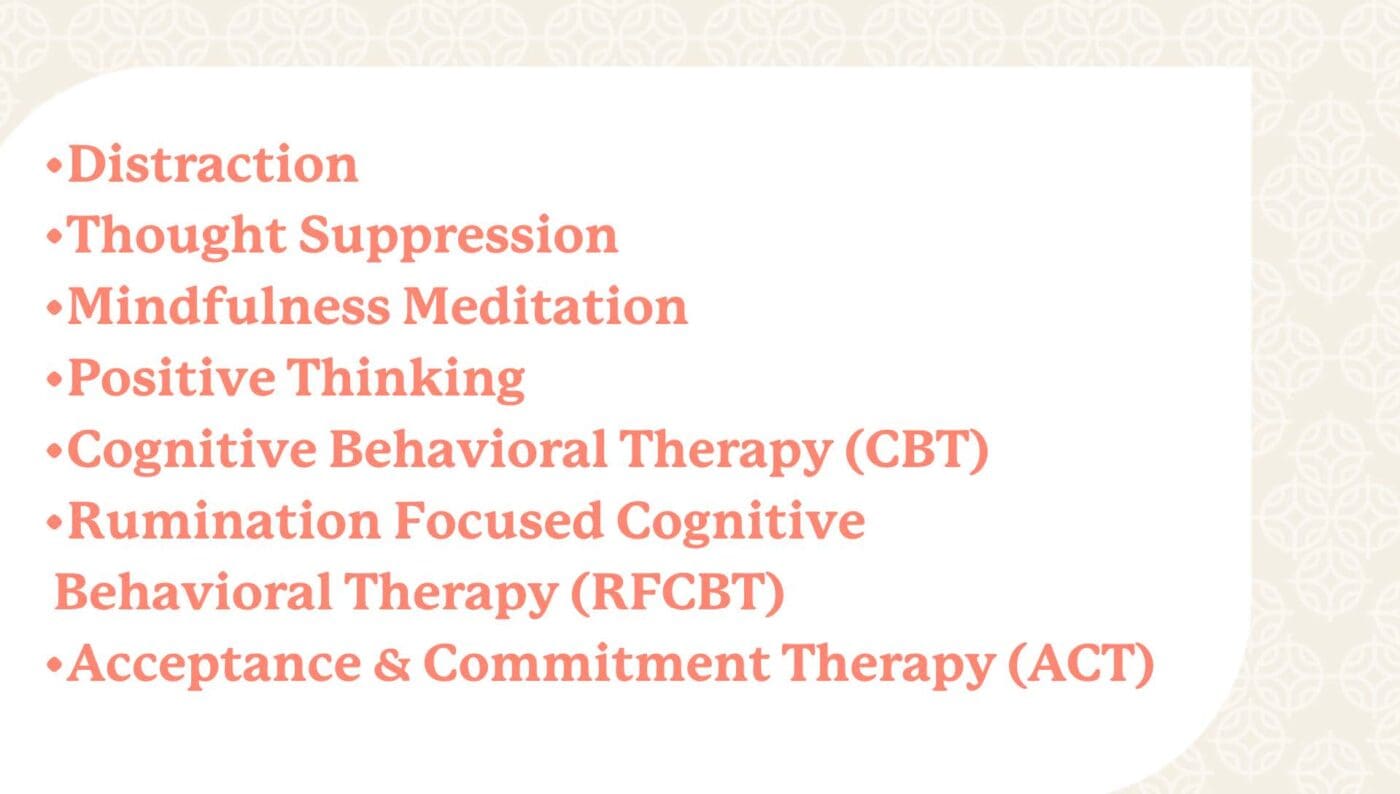
The bad news is that, while all of the traditional techniques for resolving brooding rumination tend to provide some short-term relief, none of them have been found to work particularly well.
The TENOR Method to stop Negative Thought Loops
The good news is that recent research regarding the root cause of brooding rumination has led to the development of a groundbreaking technique that nips brooding rumination in the bud while making it less likely that it will reappear in the future. This new technique is called TENOR and it’s based on the observation that whenever an emotion arises, people will automatically interpret this emotion through one of two very different paradigms.
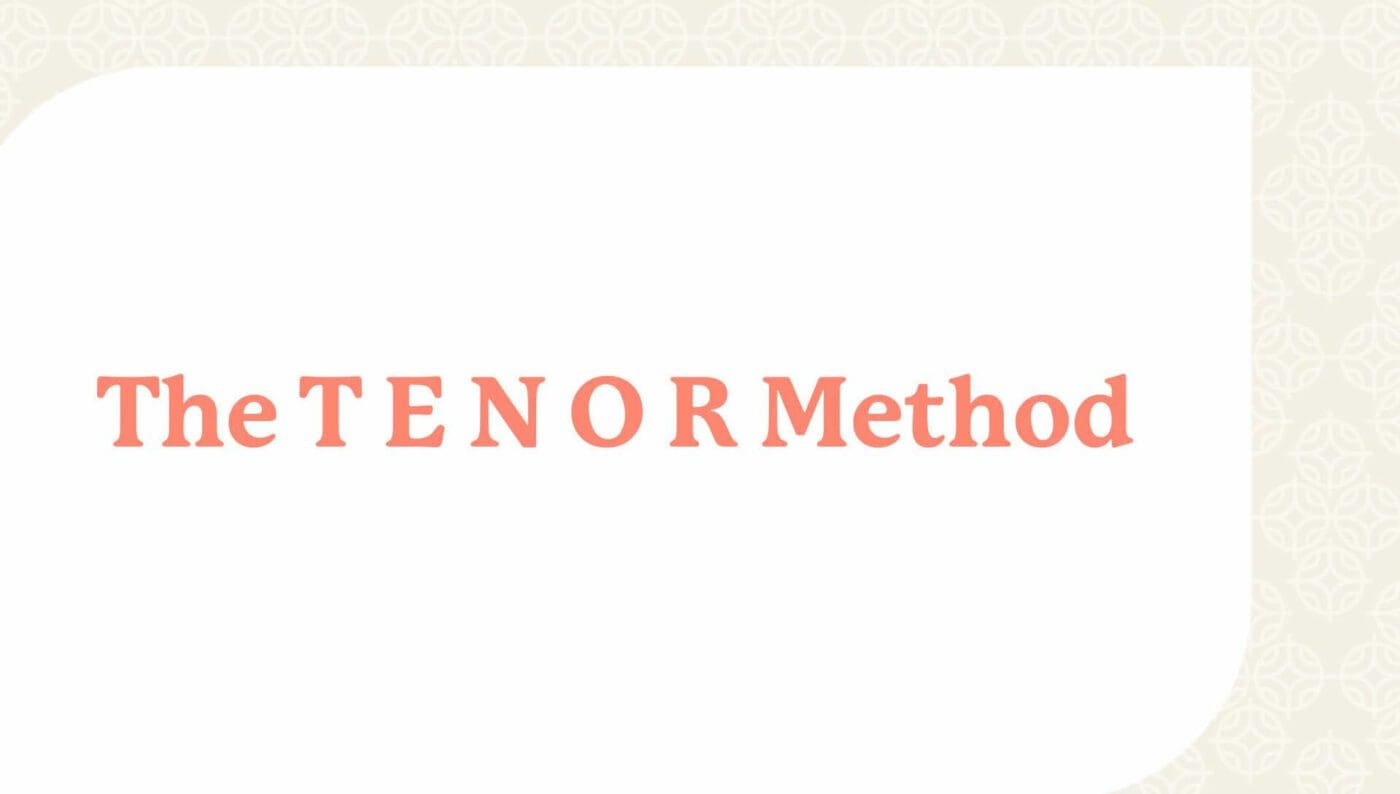
The first paradigm, which we’ll refer to as the “Circumstantial View”, views our emotions as being directly caused by what’s happening in the world. Though incorrect, this is the paradigm through which most of us have been taught to interpret our emotions.
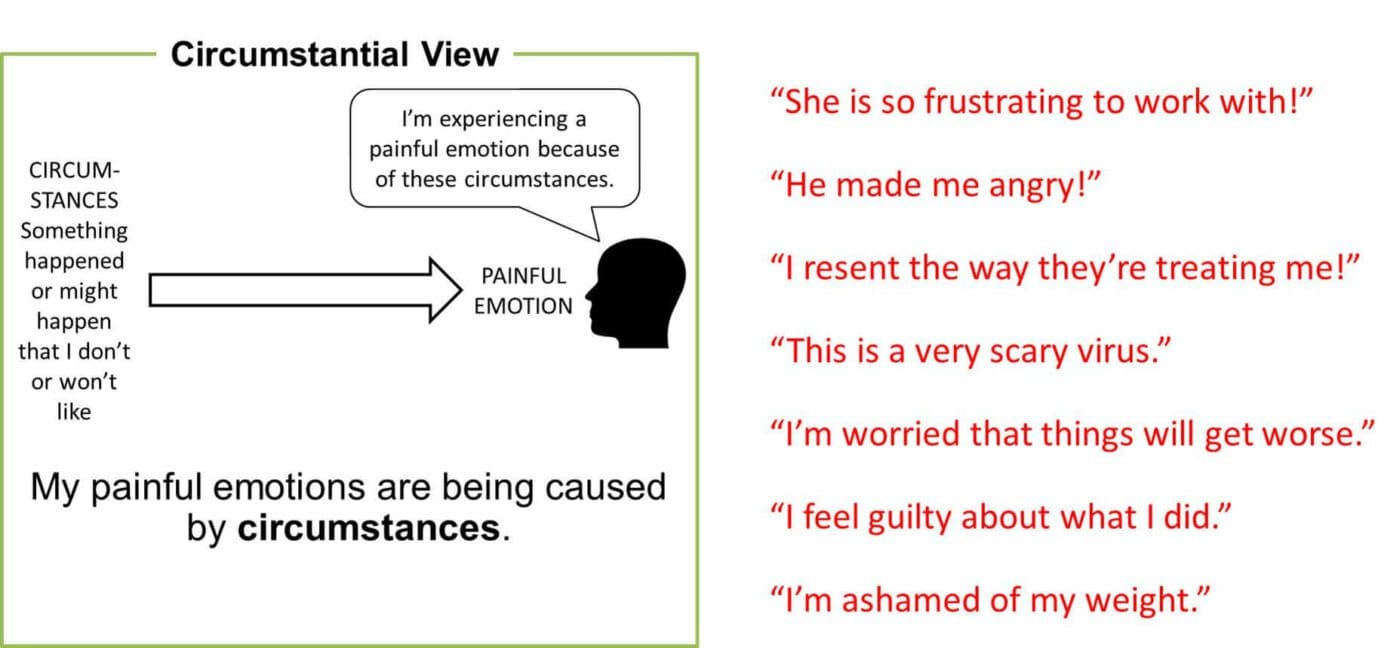
The second paradigm, which we call the “Effectiveness View”, views our emotions as feedback regarding our own effectiveness. Pleasurable emotions assure us that we are on track to fulfill a psychological need. Painful emotions alert us when we are not on track to fulfill a need.
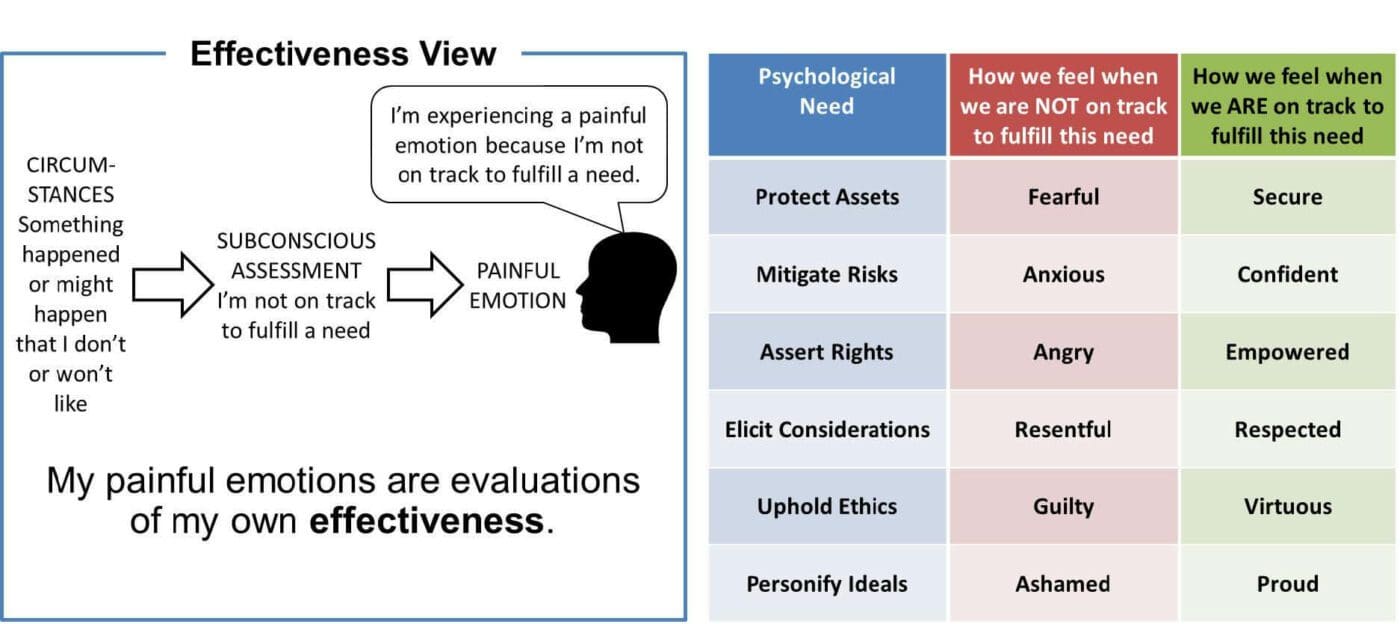
In a study conducted by a postdoc at the University of Colorado in 2015, subjects were asked to identify something they were upset about, explain why they were upset, and take a survey to assess their current level of brooding rumination. Each subject’s explanation of why they were upset was then given to a third party to determine whether this subject was interpreting their emotions through the Circumstantial View or the Effectiveness View.
The post-doc then analyzed the data and found that subjects who believed that their emotional distress was being caused by the situation, other people, or their own shortcomings (the Circumstantial View) were far more likely to score high in brooding rumination than subjects who believed that their emotional distress was due to their own ineffectiveness in meeting their needs (the Effectiveness View). This study suggests that, in addition to being incorrect, the Circumstantial View is the root cause of brooding rumination.
Real-life experience has borne this out. My colleagues and I have worked with hundreds of clients who were caught in brooding rumination. In every case, we found that the client was perseverating over emotions that they were interpreting through the Circumstantial View. What’s more, as soon this person shifted into the Effectiveness View, they began finding ways to resolve their painful emotion and their brooding rumination ceased of its own accord.
For example, I recently coached a woman who had been sexually abused as a child. Every time she thought about what happened to her, she felt angry and ashamed and her thoughts would spin out of control – making it difficult to work and impossible to relate. She told me she was angry at the perpetrator for the violation; angry at her mom for not protecting her; and ashamed that it had happened to her. We took each of these emotions one at a time and re-interpreted them through the Effectiveness View.
- Behind the anger she felt toward her mother, she found that she was not on track to assert her right to hold her mother accountable for having turned a blind eye to what was happening (the perpetrator was her mother’s boyfriend at the time and knew the sexual abuse was taking place). She resolved to hold her mother accountable the next time she saw her.
- Behind the anger she felt toward the perpetrator, she found that she was not on track to hold him accountable for assaulting her and for threatening to hurt her mom if she ever said anything. She resolved to find and confront him.
- Behind the shame she felt about having been sexually abused, she found that she was not on track to personify the socially-conditioned ideal that a “good” woman – one that was worthy of being romantically loved and adored – is one that had never have been raped or abused. Realizing that she would never be able to personify this ideal, she resolved to change her definition of a “good” woman to include the ideal that, if she has been raped or abused, she would stand up for herself and hold those responsible accountable when she was able to do so. (She literally held her head up high as she said this.)
When I checked in with her a couple of days after our session, she told me that she had twice caught herself falling back into brooding rumination but, both times had been able to re-interpret her emotions through the Effectiveness View – at which point she once more felt empowered to hold mom and perpetrator accountable and no longer felt ashamed of what had happened to her innocent 10-year-old self. She commented that she made more progress in our 90-minute session than she had made in 5 years of talk therapy.
This is the power of the Effectiveness View: it nips brooding rumination in the bud, values the painful emotions you’re experiencing, shifts your attention to the life-serving needs your subconscious is trying to fulfill and prompts you to either meet or drop this need.
TENOR is a simple, reliable, method for shifting from the Circumstantial to the Effectiveness View.
For a real-life demonstration of how TENOR can be used to free someone from a negative thought loop, resolve the underlying painful emotions, and become a more effective human being, please book a Discovery Session with Guide Charles Jones.
About the Author
Charles M. Jones is the developer of TENOR and a Self-Development Coach.




